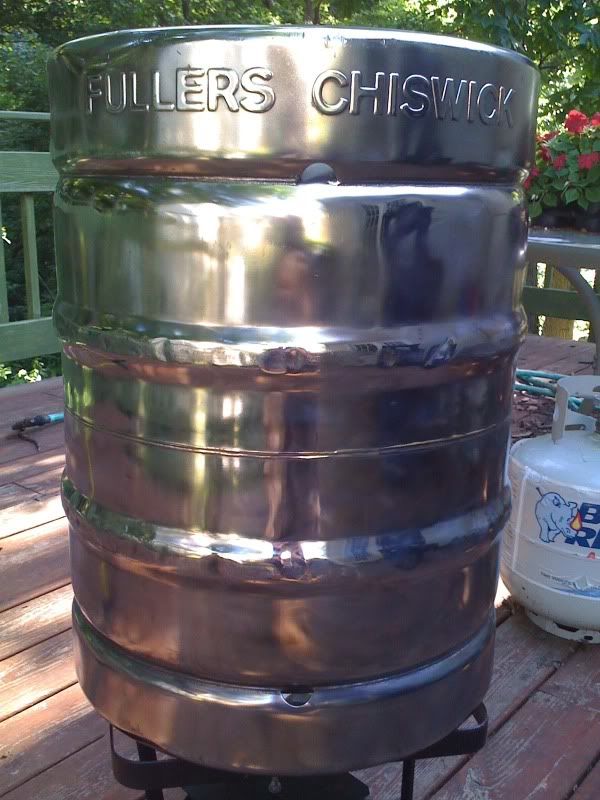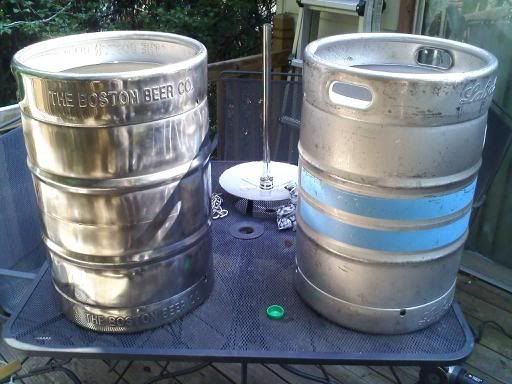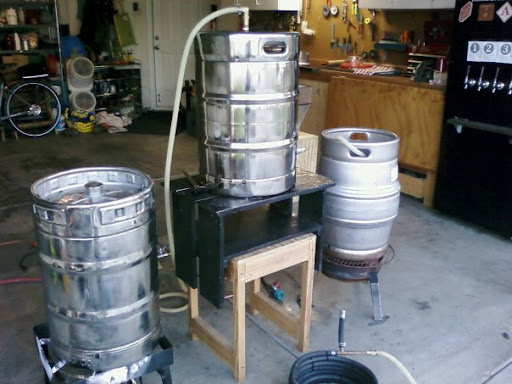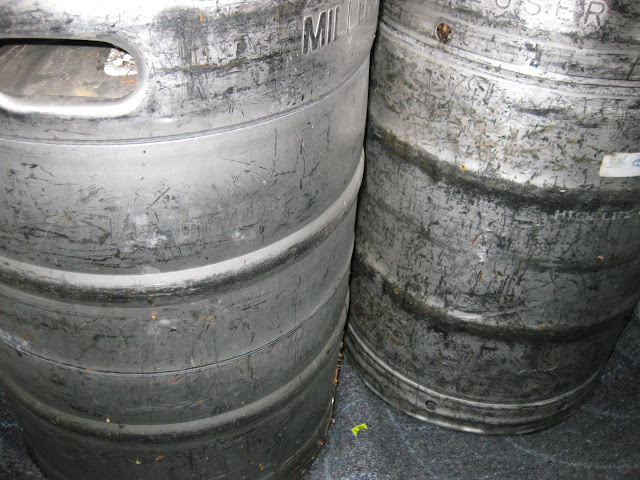Elfmaze
Well-Known Member
It doesn't help that its a balance between hitting the center metal ring and burning the sides. But i finally have the right polishing compounds so i'm going to try getting all my rubber off and go to town with the polish.
Side note, My kegs have a few small rust points on them.... BKF them? and BKF is just the cooktop cleaner they sell at grocery stores correct?
Side note, My kegs have a few small rust points on them.... BKF them? and BKF is just the cooktop cleaner they sell at grocery stores correct?


















